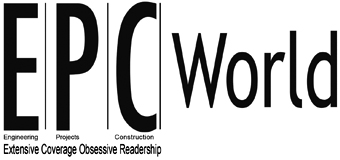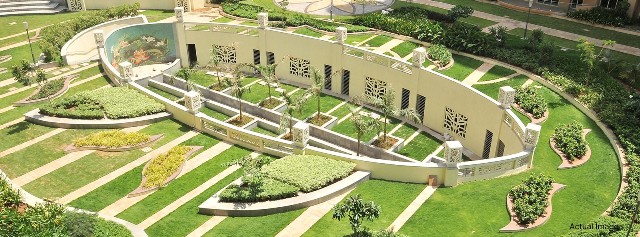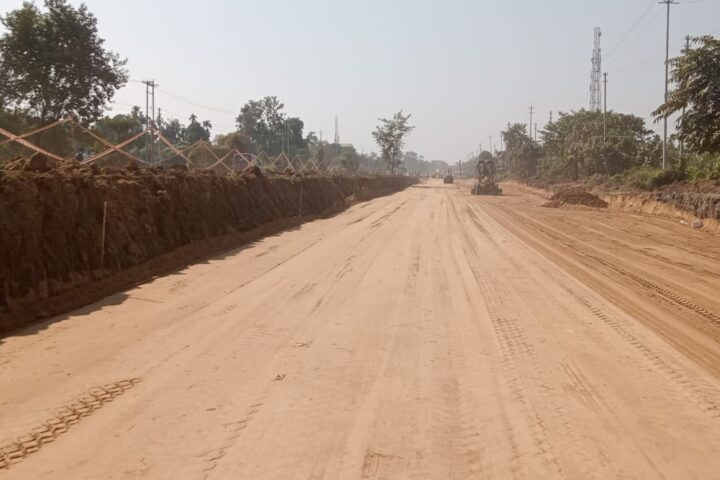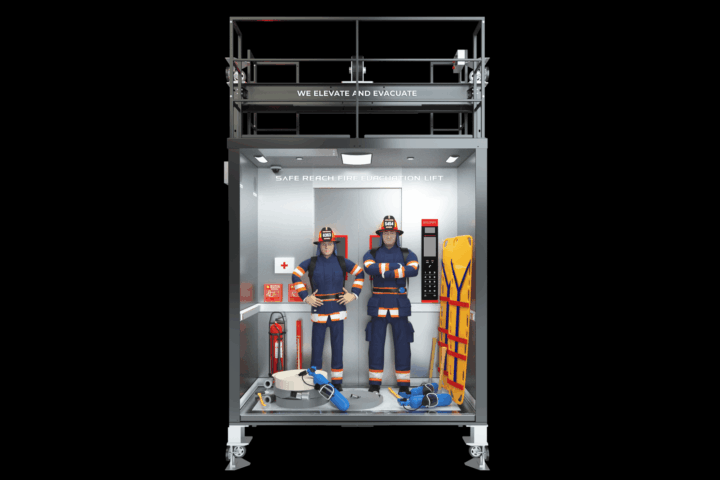by Manju Yagnik, Vice Chairperson of Nahar Group and Senior Vice President of NAREDCO- Maharashtra
In the ever-evolving real estate landscape, trends and dynamics continuously shape the industry's trajectory. One such phenomenon that has caught the attention of experts and enthusiasts alike is the sustained momentum of end-user demand, which is predicted to fuel a substantial surge of 10-15% in residential demand. This surge not only reflects the changing preferences of buyers but also holds the potential to reshape the housing market in significant ways.
The real estate industry is undergoing an evolutionary transition as the global economy recovers from extraordinary problems, with end-users emerging as the driving factor behind a potential 10-15% increase in residential demand. The real estate business has proven to be strong and adaptable, especially after withstanding the pandemic's challenges and tribulations, particularly in the residential sector. In the past, investor attitude and global economic indicators have influenced the demand patterns in the housing market. While these forces still have an impact, the pandemic has created a systematic change that puts end consumers at the center of the market's growth. Lockdowns and remote work options caused people and families to reevaluate the concept of a home, with many looking for homes that can accommodate both living and working requirements. The importance of rooms that offer comfort, functionality and versatility has been highlighted by an increase in demand for larger homes, those with dedicated office spaces and those with outdoor facilities.
Understanding end-user demand and its significance
End-user demand refers to the desires and preferences of individual consumers who seek products or services for personal use rather than resale or further business operations. In the housing market context, end-users are individuals or families seeking to acquire residential properties as their homes. This demand segment is considered a key driver of the real estate market's vitality, as it directly reflects the pulse of the consumer base.
What distinguishes end-user demand is its sustained momentum. Unlike short-lived spikes often driven by speculative investors, this momentum is characterized by its consistency over a prolonged period. The underlying factors contributing to this phenomenon are shifting lifestyle preferences, economic conditions and societal changes. People today are not merely looking for houses, they seek homes that cater to their evolving needs, aspirations and values.
Factors fueling the momentum
Several factors have coalesced to sustain and amplify end-user demand in the residential real estate market:
- Lifestyle evolution: Changing demographics and lifestyles have led to a reimagining of the ideal home. Buyers prioritize spaces that accommodate home offices, fitness areas and versatile living spaces as remote work becomes more prevalent.
- Low mortgage rates: Favorable lending rates have provided potential homeowners with increased affordability, encouraging them to pay into the real estate market.
- Investment in comfort: The pandemic prompted a renewed focus on the home as a sanctuary. Buyers are willing to invest more in properties that offer comfort, security and amenities that enhance their quality of life.
- Urban-suburban shift: Moving from densely populated urban centers to suburban or semi-urban areas has gained momentum. This shift is driven by a desire for more space, lower density and a closer connection to nature.
- Generational factors: Different generations have distinct preferences. Millennials seek their first homes, while baby boomers downsize. Understanding these preferences help developers tailor offerings to specific segments.
The anticipated surge: What it means for the market
The sustained momentum of end-user demand has far-reaching implications for the residential real estate market. The potential 10-15% surge in demand signifies a significant growth in property transactions and housing-related activities. Here are some of the anticipated outcomes:
- Price impact: Increased demand often exerts upward pressure on property prices. The surge could lead to higher valuations, which benefit existing homeowners but pose challenges for first-time buyers.
- Construction and development: A surge in demand can incentivize developers to accelerate construction and bring new projects to the market. This could address the supply-demand gap, offering buyers more choices.
- Market fluidity: Higher demand could reduce the time properties spend on the market, indicating a more fluid and dynamic real estate environment.
- Economic impacts: The real estate sector has extensive linkages with other industries, from construction to finance. A surge in demand could stimulate economic activity and create jobs.
- Regulatory considerations: Regulatory bodies might need to adapt to the changing market dynamics to ensure fairness, transparency and accessibility for all participants.
Navigating the future
For stakeholders and real estate market observers, understanding the nuances of end-user demand and its sustained momentum is crucial. Developers, real estate agents and investors must anticipate changing preferences and adapt their strategies accordingly. On the other hand, communities should be prepared for potential shifts in housing patterns and their wider impacts.
In conclusion, the title of the piece, "End-User Demand Sustains Momentum Fueling Potential 10-15% Surge in Residential Demand" encapsulates a fascinating development in real estate. The phenomenon of sustained end-user demand represents a change in consumer preferences and a potential catalyst for transformative shifts within the housing market. As the surge in residential demand looms on the horizon, industry players must be agile in their response, ready to leverage opportunities and address challenges.
















